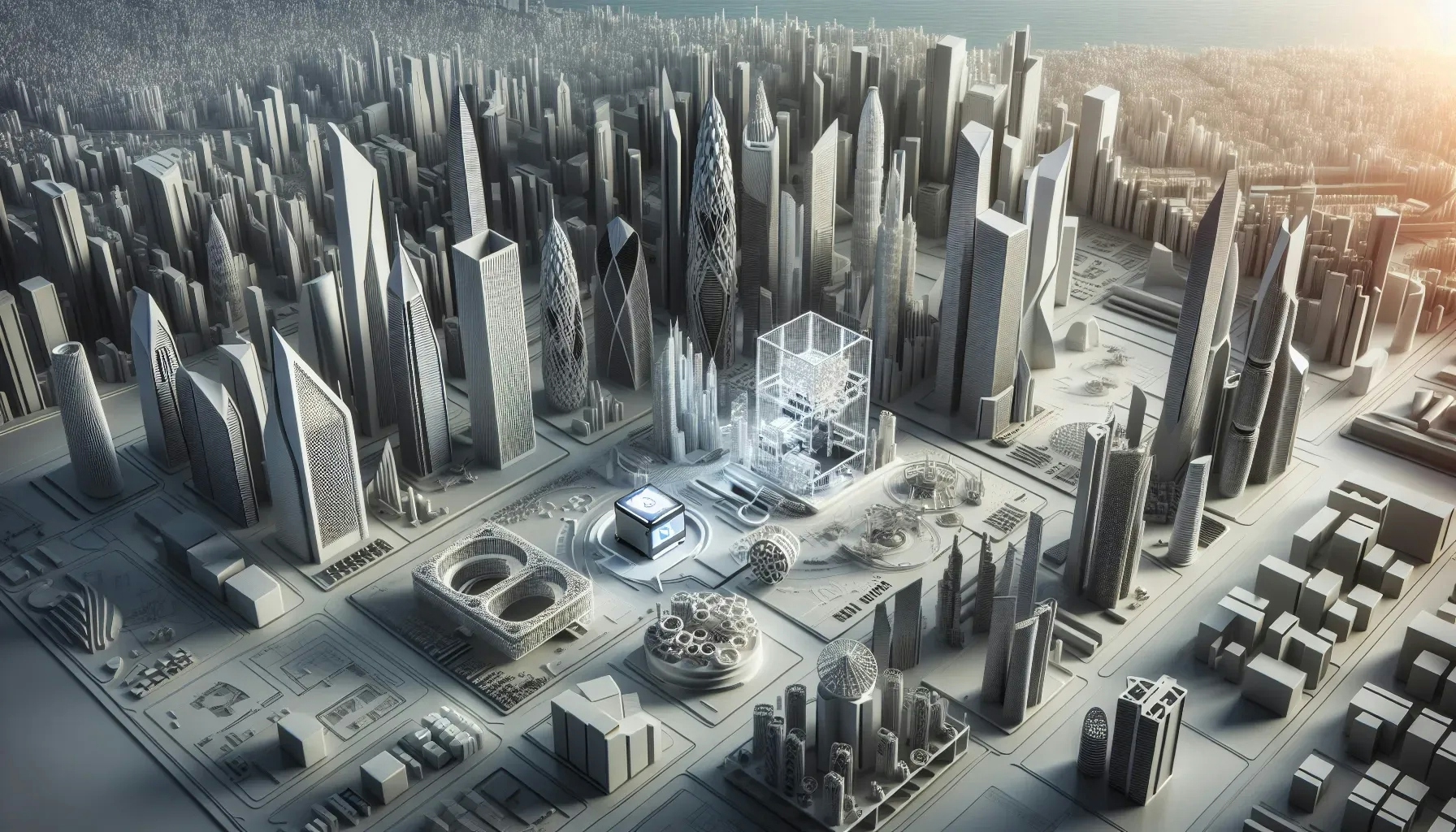What Technology Has Revolutionized the Architectural Design Process?
Architect Today

What Technology Has Revolutionized the Architectural Design Process?
In the ever-evolving field of architecture and home design, technology plays a pivotal role in shaping creative processes. We reached out to architects and interior designers for their insights on the single piece of technology that has revolutionized their work. From the precision of 3D modeling to the immersive experience of virtual reality walkthroughs, here are six transformative technologies that are redefining the industry.
- 3D Modeling Enhances Design Precision
- Artistic Renders Foster Client Imagination
- Custom Code Optimizes Architectural Design
- Dimensional Plans Clarify Client Communication
- Virtual Reality Transforms Client Visualization
- 3D Walkthroughs Impress Investors
3D Modeling Enhances Design Precision
The advent of 3D modeling software has been nothing short of revolutionary in the architectural design process, particularly in the realm of residential and commercial projects. As the CEO and lead designer at Omni Home Ideas, I've witnessed firsthand how these tools have enabled our team to visualize complex spaces with unprecedented clarity and precision. This technology not only facilitates a more collaborative design process between architects, designers, and clients but also significantly reduces the margin for error and iterations, ensuring that our visions are accurately brought to life. It's a game-changer that has enhanced our ability to innovate and push the boundaries of design, making it an indispensable part of our workflow.

Artistic Renders Foster Client Imagination
As architects, we want our designs to transport our clients into the breathtaking realm of their future buildings, long before the construction process begins, by the use of photorealistic renderings. But here's the drawback: while these renders are undeniably remarkable for showcasing completed projects, they can be overwhelming and time-consuming during the design phase for a time-strapped architect. As designers, we want to collaborate and engage with our clients, giving them the space to imagine and dream alongside us, easily. When we present a convincing 3D perspective image that mimics reality, we unintentionally limit our clients' imagination. We leave no room for them to explore their own creative ideas and unique perspectives. We have enhanced our client interactions with captivating 3D sketch-like renders, utilizing alternative techniques in Revit, SketchUp, and Photoshop to create artistic renders that convey our design ideas, saving us thousands of hours and stress by reverting to simplicity, while significantly improving our design process. This improves our client experience and leads to buildings that are better by design.

Custom Code Optimizes Architectural Design
From the perspective of a Design Technologist, the technology that has had the biggest impact on architectural design is the integration of custom code with design tools. Utilizing programming languages such as Python or C# facilitates task automation and optimization, resulting in significant enhancements in accuracy and efficiency. By enabling quick iterations, intricate problem-solving, and creative design exploration, this method greatly improves the caliber and durability of architectural projects. I believe that the modernization of architectural practices depends on this integration.

Dimensional Plans Clarify Client Communication
Architects and home design professionals, what is a single piece of technology that has revolutionized your architectural design process, and in what way?
3D floor plans and the ability to see furniture layouts go from a plan view (bird's-eye view) to a dimensional plan view has been extremely helpful and a big part of what I am seeing in today's technology and the way I communicate with clients.
I also have the ability to link the exact piece of furniture, with all the drawings and fabrics, to the drawing, making it super helpful for any questions or "doubts" the client may have.

Virtual Reality Transforms Client Visualization
Design professionals used to draft by hand in earlier times, producing 2D and 3D drawings as well as hand sketches that showed how materials and finishes were being used. This proved to be a laborious method.
Thanks to technology, there are many software options available today. You may choose one based on your requirements as well as your financial situation. To make things even easier, consultants have, in some instances, developed their own software.
To go one step further, several architectural design firms are now using virtual reality headsets to assist clients in better understanding and visualizing their environment, thus guaranteeing no details have been overlooked in translation.

3D Walkthroughs Impress Investors
I use home-design software with an associated smartphone app that allows the user to do a 3D walkthrough of the property. The user can not only see the 3D rendering of the space but can also walk through the property as if it had already been renovated. This app has been great for showcasing the flip renovation to investors.
